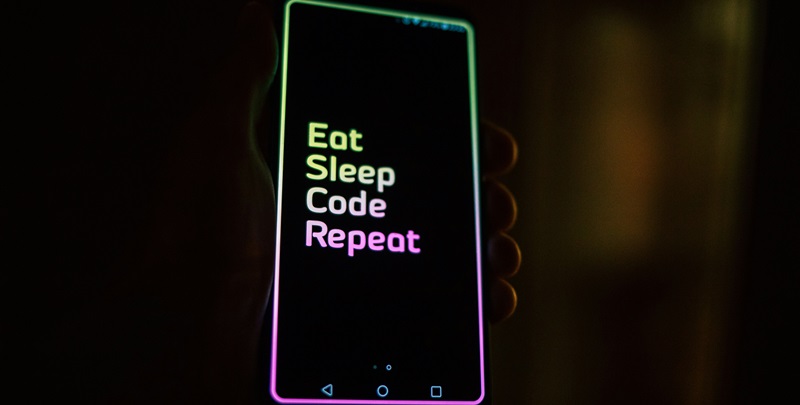The rise of generative AI and tools like GitHub Copilot is revolutionizing the process of code development, with promises of unprecedented productivity boosts for programmers. These AI advancements suggest coding could become faster and more efficient than ever. However, amid the excitement, concerns about the potential impact on code quality and sustainability are emerging. As developers increasingly rely on AI to generate code, the issue of ‘code churn’—frequent and unnecessary code changes—is becoming more apparent. If not managed well, this could threaten the robustness of software systems. Ensuring that AI tools contribute positively to long-term code maintainability is therefore a crucial concern for the future of software development. With the right approach, AI can be harnessed to improve, rather than compromise, the integrity of the code we rely on every day.
The Double-Edged Sword of AI-Powered Coding
The entry of AI into the realm of coding has been met with a mixture of celebration and apprehension. Developers are finding that their productivity can soar with the help of AI tools, yet reports of increased code churn suggest that not all is rosy. This higher churn rate, where lines of code are frequently rewritten or deleted soon after being penned, eerily echoes the output of temp contractors, who often prioritize speed over substance. AI’s propensity to generate copious amounts of code quickly can lead to a bloated codebase and, more worryingly, can open new vistas for security vulnerabilities that savvy attackers are all too ready to exploit.
The Quality Conundrum in AI-Generated Code
Incorporating AI into software development is complex, blending finesse with technical acumen and at times, serendipity. As programmers harness the potential of advanced language models in crafting code, the practice is evolving into a sophisticated form of artistry. AI’s advancements enable more automated coding processes; however, there’s a tendency to over-rely on lower-quality code from external sources. This quick-fix approach can inadvertently introduce vulnerabilities, expanding the possibility of security threats. Consequently, this integration of AI not only shapes the future of coding but also presents risks to the stability and security of our increasingly interconnected digital systems. Practitioners must navigate these challenges attentively, ensuring they don’t compromise the integrity and safety of their software for the sake of convenience. Maintaining a balance between innovation and security is crucial in this delicate dance with AI-driven automation in software development.
Striking a Balance: Human Oversight and AI Collaboration
When it comes to integrating AI in code creation, striking a balance is critical. The automation that AI brings to the table can streamline many processes, significantly reducing the iterative toil of maintenance. However, the role of scrupulous human-led code reviews in safeguarding against a downturn in quality can’t be overstated. A synergy between human discernment and AI efficiency could be the linchpin in ensuring high standards. Rather than being at odds, AI assistance and human oversight could coalesce to forge a robust software production methodology that keeps quality at the forefront.
Emphasizing Software Development Discipline
AI tools offer an enticing shortcut for developers, particularly novices, with the promise of swift production. However, this ease of use can lead to an overreliance that might undermine a developer’s grasp of essential software engineering concepts. Such dependence on AI to solve coding challenges may result in a superficial engagement with the code, possibly compromising its integrity. To counter this, a strong grasp of the basics of software construction is crucial, where AI is used to enhance rather than substitute manual coding efforts. A robust code review culture is indispensable, as it elevates coding standards and ensures software quality. This balanced approach helps maintain software quality, with AI as a supplementary asset, supporting and not supplanting the developer’s expertise. This synergy is vital for developing software that is both innovative and reliable. Reinforcing fundamental programming skills in tandem with AI is the best strategy to produce superior and sustainable software solutions.
AI is poised to shape the future of software development, acting as a valuable ally rather than a replacement for human expertise. Imagine a symbiotic relationship where AI advancements and developers evolve together. AI tools, designed to enhance human ability, would work in tandem with developers, offering insights that refine and improve their work. This partnership promises a boost in productivity while maintaining a high standard for software quality and security. Collaborative code reviews between AI insights and developer acumen ensure that the growth in technology complements human skills, rather than supplanting them, preserving the essence of the software development craft. Through shared responsibilities, AI can be a catalyst for innovation in the field, pushing boundaries while respecting the pivotal role of human intuition and understanding.

